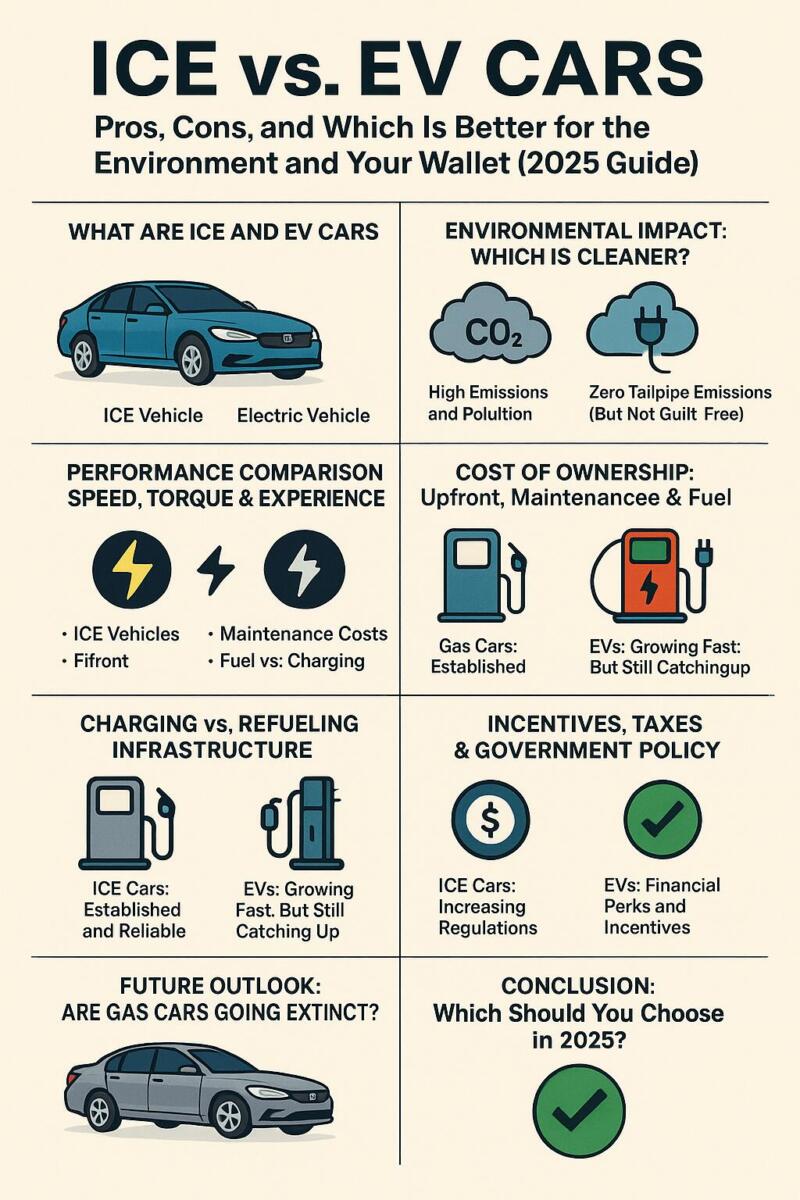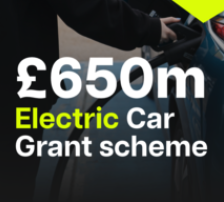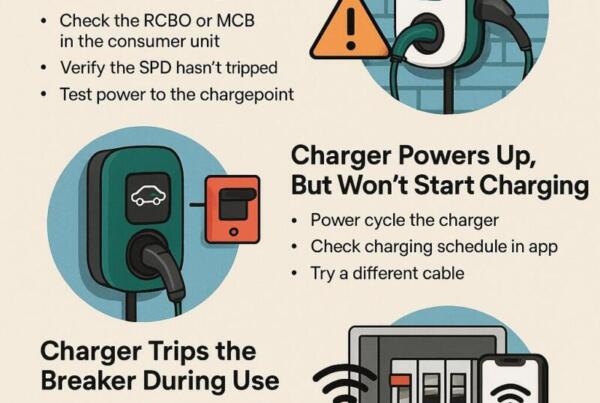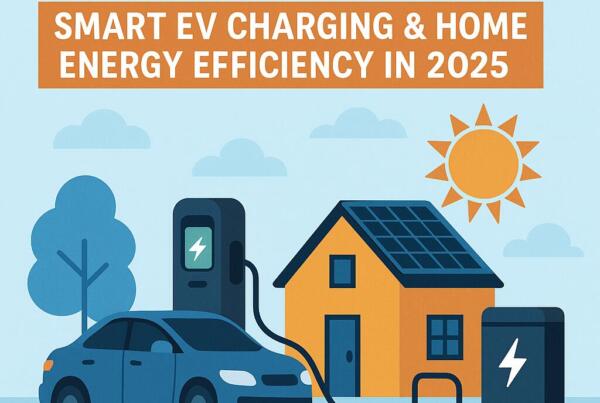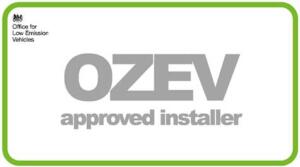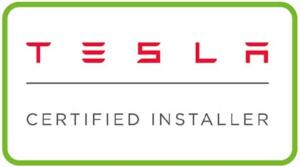ICE vs. EV Cars: Pros, Cons, and Which Is Better for the Environment and Your Wallet (2025 UK Guide)
The motoring world is undergoing a major transformation, driven by climate concerns, technological advancements, and evolving consumer preferences. At the heart of this shift is the comparison between Internal Combustion Engine (ICE) vehicles and Electric Vehicles (EVs).
This 2025 UK guide explores how ICE and EV cars compare—from environmental impact to long-term costs—helping you choose the vehicle that best suits your lifestyle and values.
Table of Contents
- What Are ICE and EV Cars?
- Environmental Impact: Which Is Cleaner?
- Performance Comparison: Speed, Torque & Driving Experience
- Cost of Ownership: Upfront Costs, Servicing & Running Costs
- Charging vs. Refuelling Infrastructure
- Driving Range & Battery Lifespan
- Government Incentives, Tax & Policy
- Future Outlook: Are Petrol Cars Going Extinct?
- Conclusion: Which Should You Choose in 2025?
What Are ICE and EV Cars?
ICE (Internal Combustion Engine) Vehicles
ICE cars run on petrol or diesel. They’ve dominated UK roads for decades due to their affordability and wide availability of fuel stations.
Electric Vehicles (EVs)
EVs are powered by electric motors and rechargeable batteries. With zero tailpipe emissions and increasing government support, they’re becoming a more popular, eco-friendly option.
Environmental Impact: Which Is Cleaner?
ICE Cars: High Emissions
Petrol and diesel vehicles emit CO₂, NOₓ, and particulates, contributing to air pollution, climate change, and health issues—especially in urban areas.
EVs: Cleaner Overall
EVs produce no exhaust emissions. However, battery manufacturing and electricity generation still have environmental impacts. In the UK, where renewables now make up over 40% of the energy mix, EVs are significantly cleaner over their lifetime than ICE vehicles.
⚡ Performance Comparison: Speed, Torque & Experience
ICE: Traditional Feel
Many drivers appreciate the familiar driving dynamics and the sound of an engine. Performance can vary widely depending on engine type.
EVs: Instant Power and Smoothness
EVs deliver instant torque, offering quick, quiet acceleration. The absence of gears and engine noise creates a smoother driving experience, particularly ideal for city driving.
Cost of Ownership: Upfront Costs, Servicing & Running Costs
Purchase Price
EVs generally cost more upfront, though prices are falling and the UK Government’s Plug-in Car Grant has helped make certain models more accessible.
Maintenance
EVs have fewer moving parts, meaning less wear and fewer issues—no oil changes, timing belts, or exhaust systems to worry about.
Fuel vs. Charging
Charging at home is significantly cheaper than petrol or diesel. Public charging prices vary, but even rapid chargers are often more cost-effective than fossil fuels.
⛽ Charging vs. Refuelling Infrastructure
ICE Cars: Easy Refuelling
Petrol stations are everywhere, with quick and predictable refuelling times.
EVs: Expanding Network
The UK now has over 50,000 public charge points, and the number continues to grow. Rapid charging coverage is improving, but rural areas still face patchy access. Planning longer journeys requires some foresight.
Driving Range & Battery Lifespan
ICE Vehicles: Long Distance Comfort
Most petrol/diesel cars can travel 400–600 miles on a full tank and refuel in 5 minutes—ideal for long road trips.
EVs: Improving Rapidly
Modern EVs offer 200–350 miles per charge. Premium models can exceed 400 miles. Batteries typically last 8–15 years and often come with warranties of 100,000 miles or more.
️ Government Incentives, Tax & Policy
ICE Cars: Facing Restrictions
The UK government plans to ban the sale of new petrol and diesel cars by 2035. Cities like London already charge ULEZ (Ultra Low Emission Zone) fees for high-emission vehicles.
EVs: Tax Benefits and Perks
EV owners in the UK may benefit from:
- Exemption from road tax (VED)
- Lower Benefit-in-Kind (BiK) tax for company cars
- Access to zero-emission zones
- Grants for home charger installation (OZEV Grant)
Future Outlook: Are Petrol Cars Going Extinct?
The UK is moving toward a zero-emissions future. Carmakers such as Jaguar, Volvo, and Ford are pivoting to all-electric line-ups. ICE cars won’t vanish overnight, but their days are numbered, especially in urban settings.
✅ Conclusion: Which Should You Choose in 2025?
Choose an EV if you value:
- Lower long-term costs
- Reduced emissions
- Quiet, responsive driving
- Access to government incentives
Stick with an ICE car if you:
- Travel long distances frequently
- Live in a rural area with limited charging access
- Prefer quicker refuelling and lower upfront cost
Still, with policy changes and tech improvements, the shift to electric is inevitable. If you’re buying in 2025, going electric is not just a smart financial move—it’s an investment in the future of clean transport.
Frequently Asked Questions
1. Do EVs really have a lower environmental impact when you consider battery production and mining?
While EVs produce zero emissions at the tailpipe, their environmental impact depends heavily on battery production, which involves mining for lithium, cobalt, and nickel. These mining processes can harm ecosystems and involve ethical concerns like labor exploitation. However, studies show that EVs still have a smaller overall carbon footprint over their lifetime compared to ICE cars—especially when charged with renewable energy. Battery recycling and improved mining practices are also reducing this impact over time.
2. What happens to EV batteries at the end of their life?
End-of-life EV batteries pose a significant environmental challenge if not managed properly. Fortunately, many manufacturers and third-party companies are developing recycling and second-life use systems. Used batteries can often be repurposed for energy storage before they’re fully recycled. As technology improves, battery disposal and recycling are becoming more efficient and sustainable.

